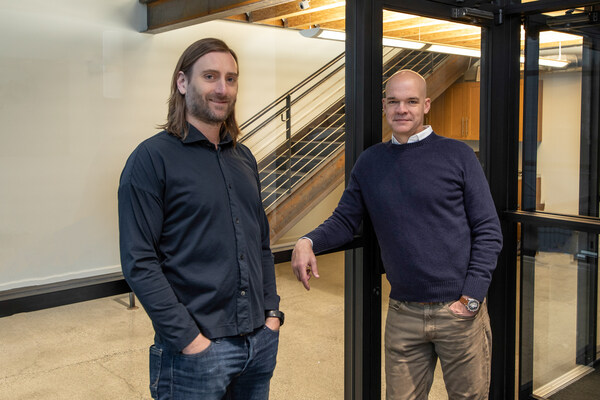Insider Brief
- Castelion has raised $100 million in equity and debt financing to accelerate prototype testing and scale production of its mass-producible hypersonic strike weapon.
- The company has conducted three internal flight tests within a month and is working with the U.S. Navy, Army, and Air Force to develop a long-range hypersonic weapon designed for affordability and large-scale deployment.
- Castelion argues that mass-produced, low-cost hypersonic weapons will help the U.S. and its allies restore deterrence against China’s expanding military power by imposing a cost-exchange disadvantage on Beijing.
Castelion, a defense manufacturer based in El Segundo, California, has raised $100 million in equity and debt financing to ramp up prototype testing and scale production of its hypersonic strike weapon, the company announced on its website.
The funding includes $70 million from a Series A round led by Lightspeed Venture Partners, with participation from Lavrock Ventures, a16z, Cantos, First In, BlueYard Capital, and Interlagos. An additional $30 million in venture debt financing was provided by Silicon Valley Bank. The company expects to close the funding round in February, according to GovConWire.
Castelion is developing a long-range hypersonic weapon designed for mass production. Hypersonic weapons travel at speeds of at least Mach 5—five times the speed of sound—making them difficult to detect and intercept. The company is using modern manufacturing techniques, such as rapid iterative design and agile hardware development, to speed up production.

Three Internal Flights Within a Month
The company has already conducted three internal flight tests within a month, developing key components such as solid rocket motors, protective hypersonic materials, and low-cost missile avionics. Castelion holds contracts with the U.S. Navy, Army, and Air Force to build and test its first hypersonic strike weapon.
According to the company, China’s growing military power is steadily eroding the combat advantage of the United States and its allies, with its navy now the world’s largest by ship count and its air forces dominating the Indo-Pacific. Strengthened missile capabilities allow Beijing to project power far beyond its shores, raising concerns that it could surpass the U.S. and its allies in overall firepower. To counter this, defense manufacturer Castelion is betting on mass-producible hypersonic weapons to restore deterrence.
Castelion argues that to deter China’s expanding military capabilities, the U.S. and its allies need larger stockpiles of long-range strike weapons. Hypersonic missiles — capable of traveling at speeds exceeding Mach 5 — offer speed, survivability, and extended reach, making them difficult to intercept. However, the company emphasizes that affordability is key.
Low-Cost Hypersonics
The goal is to impose a cost-exchange dilemma on China, forcing it to spend significantly more to counter an overwhelming volume of low-cost hypersonic weapons.
The Castelion team writes: “These weapons must also be sufficiently low-cost to enable mass production and widescale fielding. Mass production of larger quantities gives the United States and its allies an advantage in magazine depth and the ability to mass fires. Widescale fielding of low-cost weapons imposes an unfavorable cost-exchange dilemma on China, undermining its build-up of combat power.”
By holding threat assets at risk through a decisive combat power advantage, the US and its allies can credibly signal to China that the cost of aggression is so high that it is not worth it to even try.
Unlike traditional defense contractors, Castelion aims to accelerate development timelines using rapid iterative design, vertical integration, and modern manufacturing techniques.
The company repprts: “Given the nature of the threat, we need to move fast and do things differently to deliver the needed capabilities on operationally relevant timelines. Existing development and production models will not deliver the needed capabilities in time.”
Rather than designing highly complex, costly systems, Castelion focuses on manufacturability, aiming to deploy capabilities within months rather than decades.
The company has already demonstrated its approach by successfully conducting three internal flight tests in less than a month. Castelion built and tested solid rocket motors, missile avionics, and hypersonic protection materials, showing that historic American hardware development strategies could be applied to modern warfare.
With its latest funding, Castelion plans to scale its mass production facilities, speed up test cycles, and execute a full-scale capability demonstration of its first hypersonic weapon.
“These efforts will move us faster and closer to regaining a decisive advantage and thereby creating credible deterrence,” the company stated.
Share this article:










